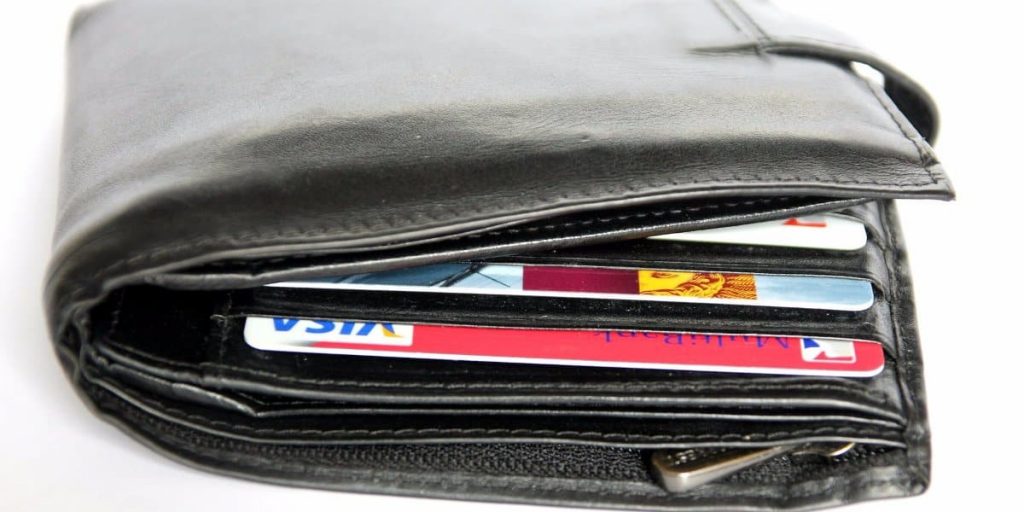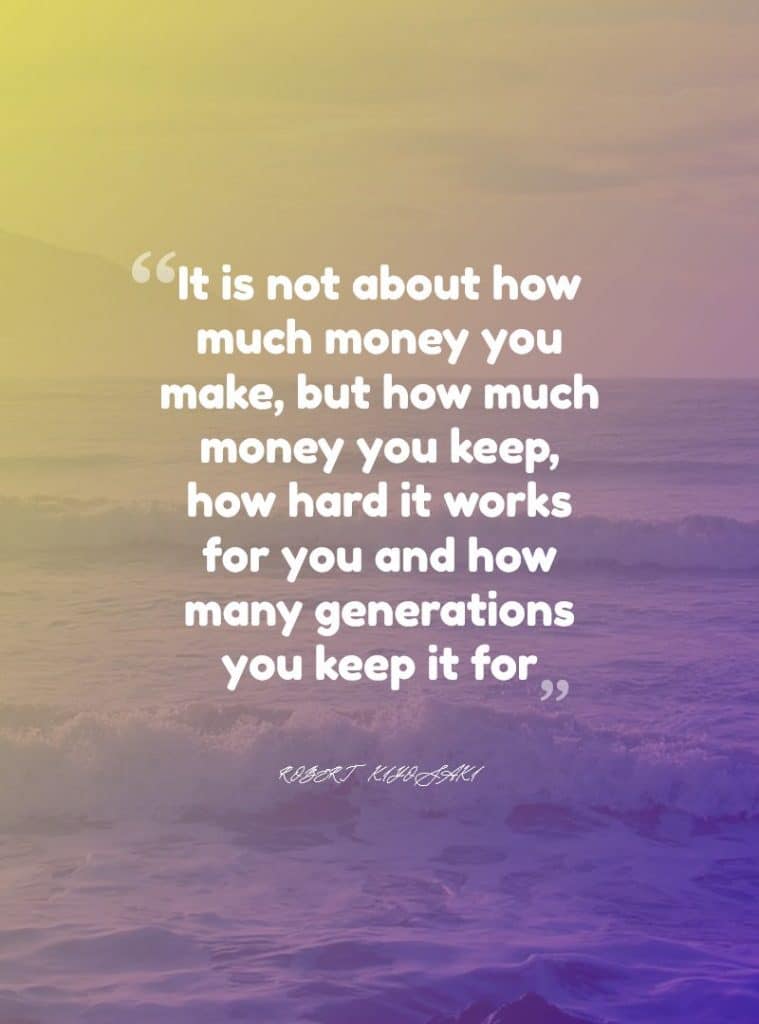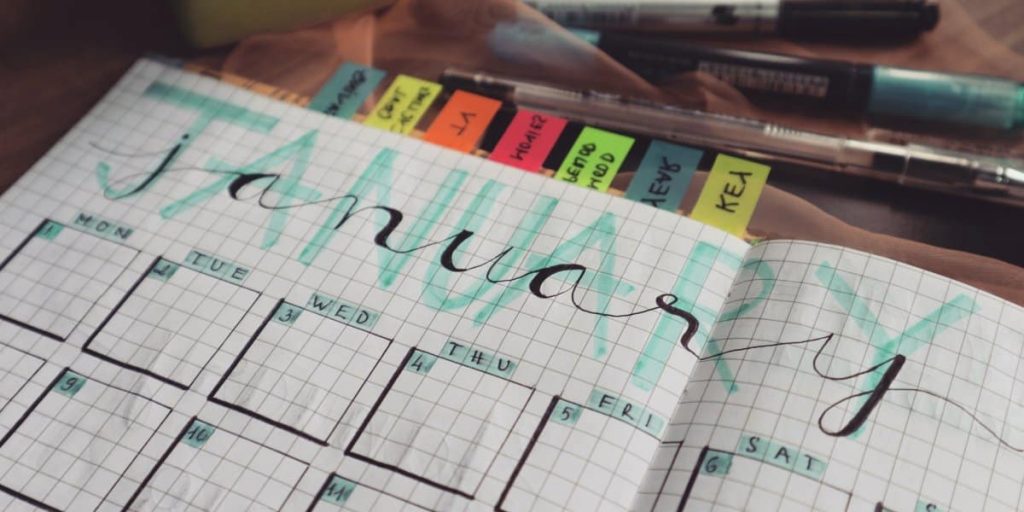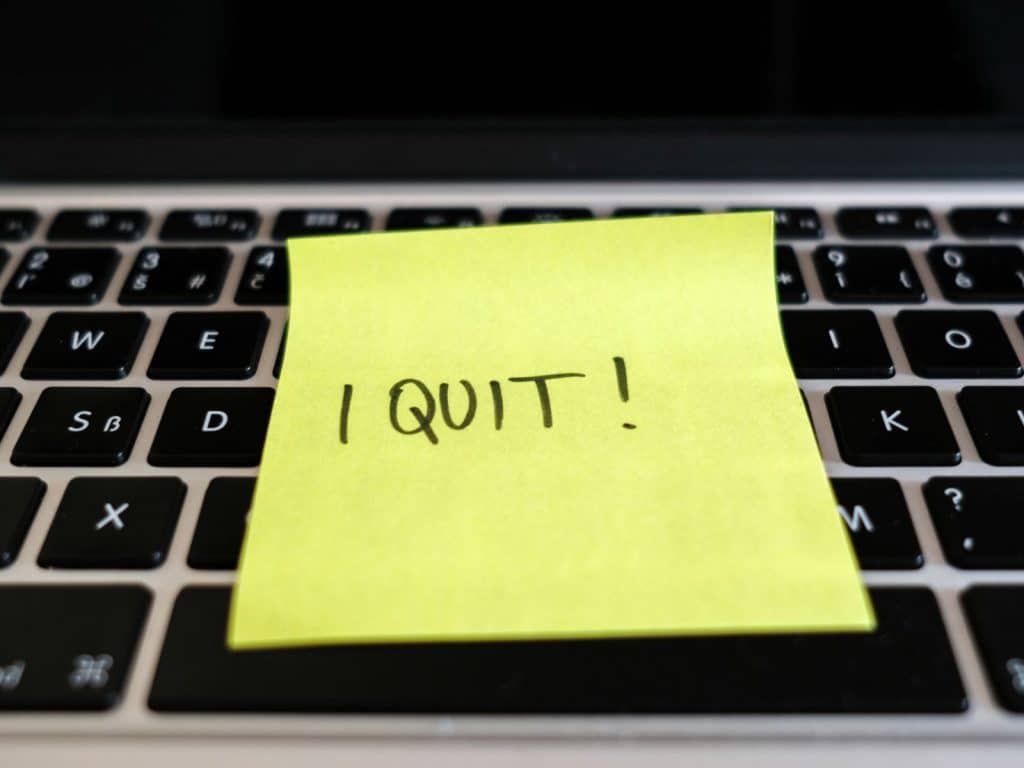Blow Your Budget? How to Get Back On Track

I blew our family’s budget this month and it’s bad. We way overspent and now I’m struggling to get back on track. Have you done that? (Goodness, I hope I’m not the only one!) Part of me really doesn’t want to go back to being on a budget. It’s no fun! But now that reality is sinking in, I’m genuinely concerned with how the bills at the beginning of the month are going to get paid.
When the money is gone, how do you get back on track after you blow your budget?
It’s no easy task, I’ll tell you that.
But it is possible.
Before we can find a solution, we need to understand what led us to blow our budget in the first place. And this involves taking a good look at our recent spending habits.
Where did all the money go?
I knew we had overspent. I figured it was only by a couple hundred bucks – no big deal, right? In a month or two I could get us back on track through extreme frugality and everything would be fine. But when I added up our expenses and compared it to our income — I was shocked.
We really went off the rails this month.
It’s embarrassing. I’m supposed to be the “financial guru.” Since I do most of the money-management for our family, it’s my job to keep us on track. But I failed.
The only silver lining here is that we didn’t accumulate any more debt. My husband Andrew and I vowed three years ago to stop going into debt and to work on getting ourselves out of the debt we were in. For the most part, that has worked – we’ve paid off over $30,000 in debt (mostly credit cards).
But what happens if you spend more than you earn without using credit?
Your bank account starts to look pretty awful.
We have a “cushion” in our bank account – this is a necessity to manage our monthly cash-flow and make sure we’re not bouncing checks since our income doesn’t match our expenses from week-to-week.
And it is this cushion that saved us. Without it, we’d be in even more trouble.
Now, I know I’m not the only one to blame here. We operate our finances as a team and Andrew has as much control as I do over where our money goes. He doesn’t care for managing the budget so he lets me figure out the details. And we’ve been doing this long enough that he knows what we can afford and what we can’t.
But he didn’t say anything, either.
What did we spend our money on? Pretty much whatever we wanted. We just spent and spent and spent.
We recently bought a new house and with that comes a lot of extra expenses. Coming from a 700 square foot house, our new home is twice the size. We had entire rooms in our new house without furniture! So we bought some. Plus we live in town now with restaurants and shopping close by – so we ate out a lot and made a lot of extra trips to the store for “this” or “that” (stuff we really didn’t need).
And… did you know restaurants actually deliver food? Right to your door! Where we lived before was much too rural to enjoy this luxury. Who knew you could have a hot, delicious dinner delivered to your house in a hot-second after a long day at work?
All I can say is, it was fun while it lasted. And now it’s not fun anymore.
The first step in getting back on track
The first step to getting your spending back on track is the hardest: you have to stop spending.
You have to draw a line in the sand and say enough is enough!
All spending has to stop. Now, by saying “all spending,” what I really mean is all unnecessary spending. Obviously, you need to pay bills and put gas in your car. But trips to the gas station for a fountain soda or snacks, eating out (or ordering in!), clothes, even buying food at the grocery store (unless your cupboards are empty, which I’m sure they’re not) — it all has to stop.
- This is an all-hands-on-deck situation.
Getting your budget back on track before you undo all the financial progress you’ve worked so hard for requires emergency attention. - Talk to your husband and your kids.
Tell them the next few weeks require us to be more strict with how our money is spent but that it’s sure to be short term. And then follow through! Work hard and enlist the support of your family to get your spending under control.
Make a plan for your money
As a natural-born planner, I love planning. Everything from budgets to social media campaigns to vacations — I love to plan it.
The thing is, once you make a plan you have to work your plan.
Once you’ve halted all your unnecessary spending, you have to make a plan to get back on track.
For me, this was hard. Spending money is fun! And, as much as I love budgets and have seen first-hand the financial success they bring to life and the peace they bring to my marriage, I really didn’t want to start it back up.
But I also want to do basic things like keep our electricity on and not lose the house we just bought.
So, my friends, we sat down to make a budget together.
We both know we can’t spend $200 or even $300 a month on restaurants (which we did last month, by the way), it’s still hard to put only $30 in our restaurant category. Really, we aim for zero restaurant spending — except for birthdays and anniversaries, which we gladly add extra to our restaurant budget for. Sometimes life happens, though, and you need to hit up the dollar menu at McDonald’s. Rather than have that throw our budget off track, we budget a little in that category as a fail-safe.
But how?
I am asked all the time how do I make a budget?
I’m not sure if people really don’t know how to make a budget or if they just don’t want to face the reality of what a budget will tell them about their lifestyle.
When we made our first budget together as husband and wife in the winter of 2014, I was shocked at how much of our income had to go toward debt. It makes me sick, really.
Making a budget doesn’t have to be hard. It’s nothing more than telling your money what to do so at the end of the month, your savings went up a little bit, your debt went down, and all your bills are paid.
It brings peace to your marriage and to your life.
When it comes to budgeting, I recommend the 50 30 20 rule (which I explain in depth here).
Basically, you allocate 50% of your income to necessities like food and housing, 30% to wants (this is where going out to eat and, yes, even your cell phone bill is categorized), and 20% to financial goals like savings and paying off debt.
This isn’t an exact science. Don’t get bogged down by the numbers.
It’s no secret we’re burdened with debt. Even though we’ve made great strides in paying it down (we’re down to one credit card!!!), because we have so much of our income going to pay off our debt, we can’t enjoy the kind of lifestyle we’d like to have.
Which means we CAN budget 50% to needs but we CAN’T put 30% of our income to “wants” because we need more than 20% to go to paying just the minimums on our debt payments.
For us, our percentages work out to 50% for needs, 15% for our wants, and 35% for financial goals (a.k.a. debt).
Knowing the kind of lifestyle we could enjoy if we didn’t have so much debt encourages me to pay it all off. And making a plan now while I’m still young enough to put in extra hours and pick up jobs on the side means I’ll be able to enjoy life even more when I get older.
Because I don’t want the burden of debt to sacrifice my ability to retire.
Putting it all together
Making a budget for the first time isn’t easy. It took Andrew and me three months to finally settle on a budget we were both happy with.
And getting back to your budget after blowing it is, for me at least, a walk of shame.
But I promise if you stop all unnecessary spending and make a plan for your money (with help from your husband), you will come out stronger and lighter in the end.






